A living, dynamic institution: GOPIO unveils plans for Indian diaspora museum
The meeting, hosted by GOPIO International chairman Thomas Abraham, followed the organization’s decision to appoint a task force to explore the establishment of the museum in India.
 Guests during the event / GOPIO
Guests during the event / GOPIO
The Global Organization of People of Indian Origin (GOPIO) International convened speakers from across continents for the launch of its campaign to develop an Indian Diaspora Museum that aims to document the migration, struggles, and achievements of Indians around the world.
The meeting on Nov. 1 was hosted by GOPIO International chairman Thomas Abraham, and followed the organization’s decision to appoint a task force to explore the establishment of the museum in India.
Also Read: First Indian diaspora museum: What’s inside? Galleries explained
Describing the museum as “a living, dynamic institution that honors the historical journeys, cultural legacies, and present-day achievements of Indian communities abroad,” Abraham said it would “serve as a cultural bridge between India and its global diaspora, offering a place of identity, memory, and connection.”
Representing Europe, Prabhu Guptara, visiting fellow at Cambridge University’s Judge Business School, said the UK, US, Netherlands, and Germany had some of the earliest and most prominent Indian diaspora communities.
“The first Indians came to the UK in the 17th and 18th centuries, mainly as what were called Lashkars in those days,” he noted. “They operated the boats and guided the ships that came from India to the UK and back again.”
Guptara said Europe’s diaspora experience “was quite different and worth reflecting” in the museum since Indians there “generally faced few racist problems, were well settled, and active in all fields of endeavor.”
From Malaysia, Datuk Denison Jayasooria of the National University of Malaysia urged that the museum adopt a broader, civilizational lens. “While we can capture the successes, we must also capture the struggles and contributions of Tamil plantation workers during the colonial period,” he said.
“We need to record the stories of ordinary people who sacrificed their lives to build the plantation economy which supported the British and later the national economies,” he added.
Shedding light on the North American diaspora, Bhuvan Lall, biographer of Netaji Subhas Chandra Bose and Sardar Vallabhbhai Patel, recalled the early presence of Indians in America and the rise of the Gadar movement on Nov. 1, 1913, in California.
“The Indian freedom movement actually started in a remote corner in Berkeley,” he said. “Stories of many unsung heroes from that period need to be recorded and made part of this museum.” He added that “on the basis of their sacrifice, today, being an Indian in America is an asset.”
Representing the Caribbean islands, Shalima Mohamed, cultural and heritage consultant from Guyana, stressed the importance of preserving records related to indentured laborers and their descendants.
“Descendants in Belize and Guadeloupe have no idea where their foreparents lived in India or the names of the ships that brought them,” she said. “If we are talking about India and this museum being placed in India, then Indians ought to know that there were uprisings and massacres across the Caribbean — these are part of our shared history that must be captured.”
From Africa, Omie Singh, former Member of Parliament from South Africa, traced the diaspora’s journey from the arrival of indentured workers in 1860 to their present-day contributions.
“They came as indentured laborers to work the sugarcane fields, facing many hardships,” he said. “Through resilience, discipline, and faith, they persevered.” He noted that “it was in South Africa that Mohandas Gandhi developed his philosophy of Satyagraha — he came as a barrister and left as a Mahatma.”
Among the distinguished guests were Prakash Hinduja, Chairman of the Hinduja Group in Europe, and his granddaughter Nithya Hinduja, a graduate of Columbia University and Harvard Business School, currently working in venture capital.
Abraham noted that the Hinduja Foundation had been one of GOPIO’s first major sponsors when it supported its inaugural convention in New York in 1989.
Speaking on behalf of her grandfather, Nithya Hinduja said it was “both an honor and a deeply personal privilege to join for the launch of this visionary initiative.”
She recalled that her late grandfather, Srichand Hinduja, “held GOPIO’s vision close to his heart” and called the proposed museum “a living archive of our collective identity — a place where history, heritage, and hope converge, where future generations can learn, reflect, and be inspired by those who came before them.”
Ashok Amritraj, chairman and CEO of Hyde Park Entertainment, said the diaspora’s achievements now spanned every global hub — “from Silicon Valley to Sydney, from New York to New Delhi, from Hollywood to Hong Kong.”
He added that “it is certainly time to create a museum that celebrates and preserves not just the culture and tradition, but the accomplishments that this great community has had.”
The Indian Diaspora Museum Task Force is chaired by Indo-Australian museum curator Vinod Daniel and includes Prabhu Guptara from the UK, Bhuvan Lall from India and the US, Léna Armoudom from the Reunion Island, and Isha Vyas from the USA.
ADVERTISEMENT
ADVERTISEMENT
E Paper
Video



1749497506.png) Malvika Choudhary
Malvika Choudhary1759163132.png) Anushka Pathak
Anushka Pathak
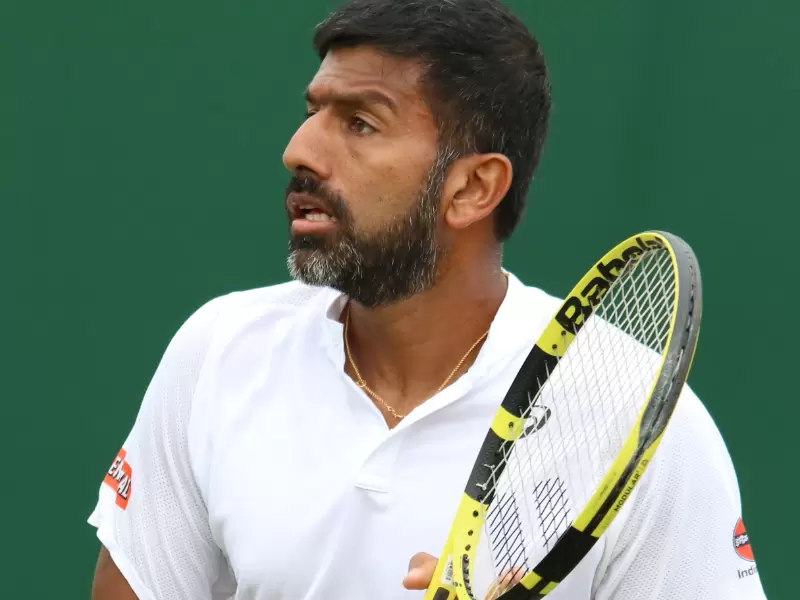
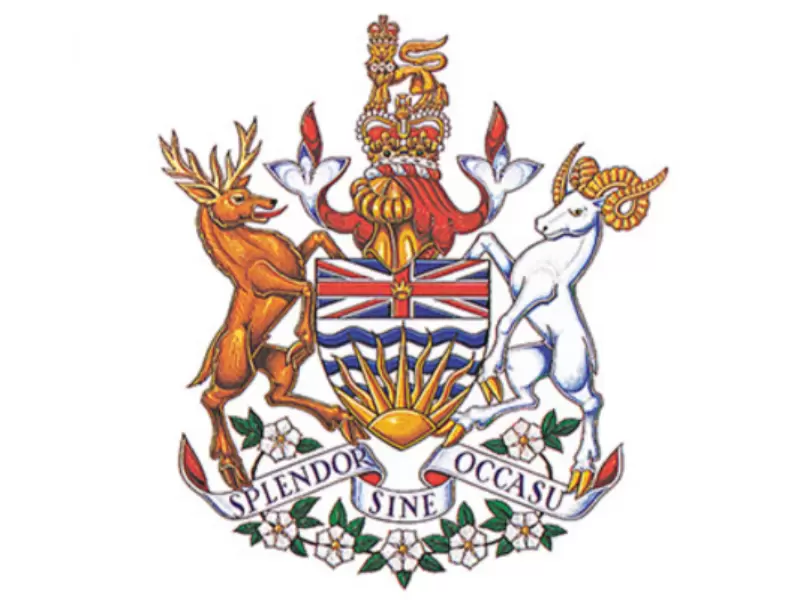

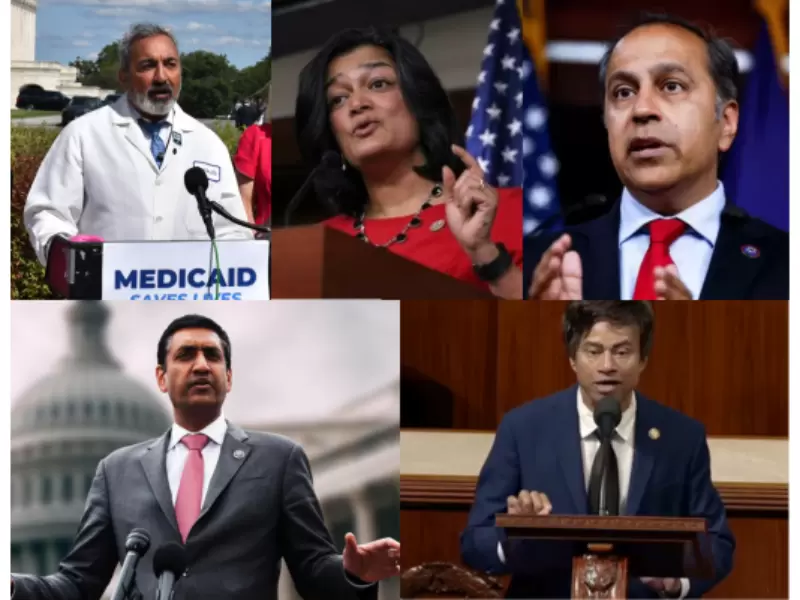
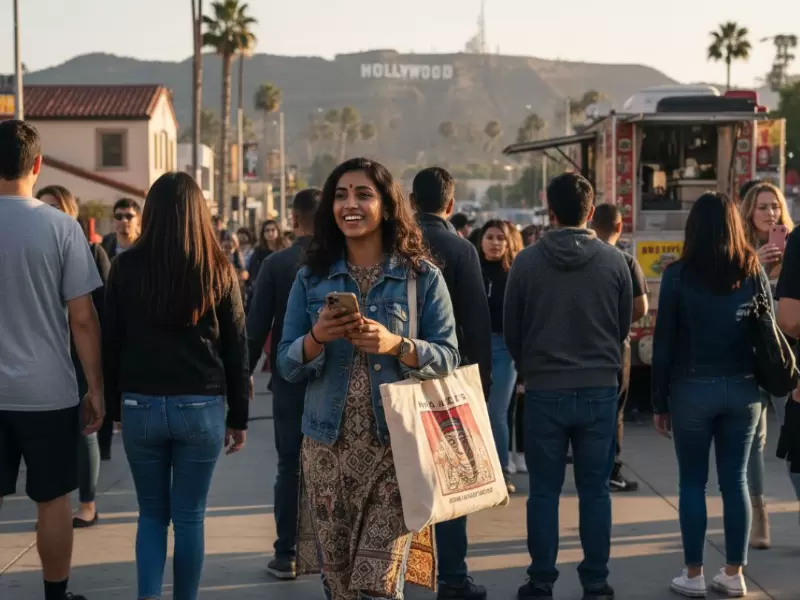
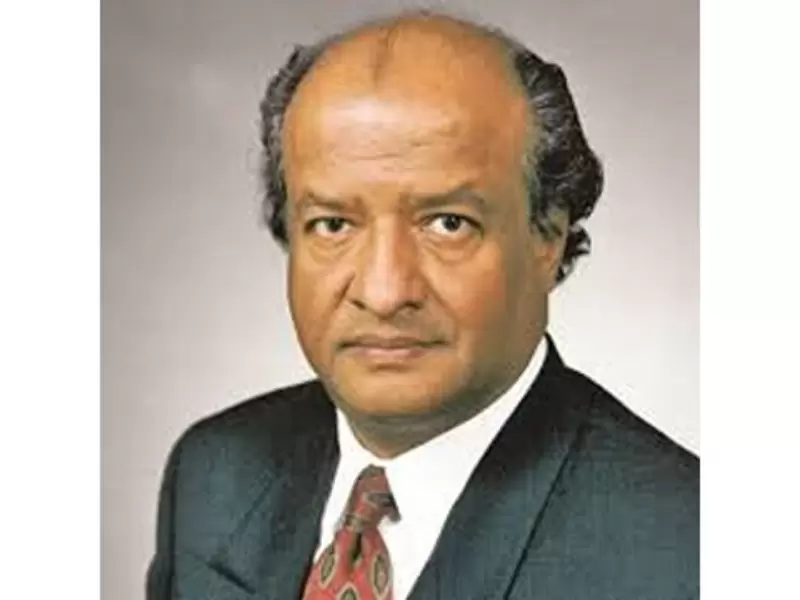
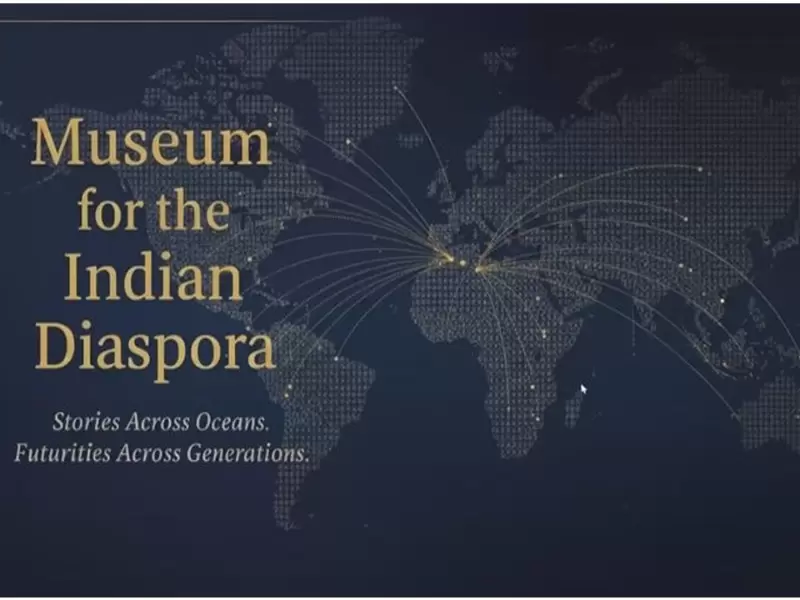
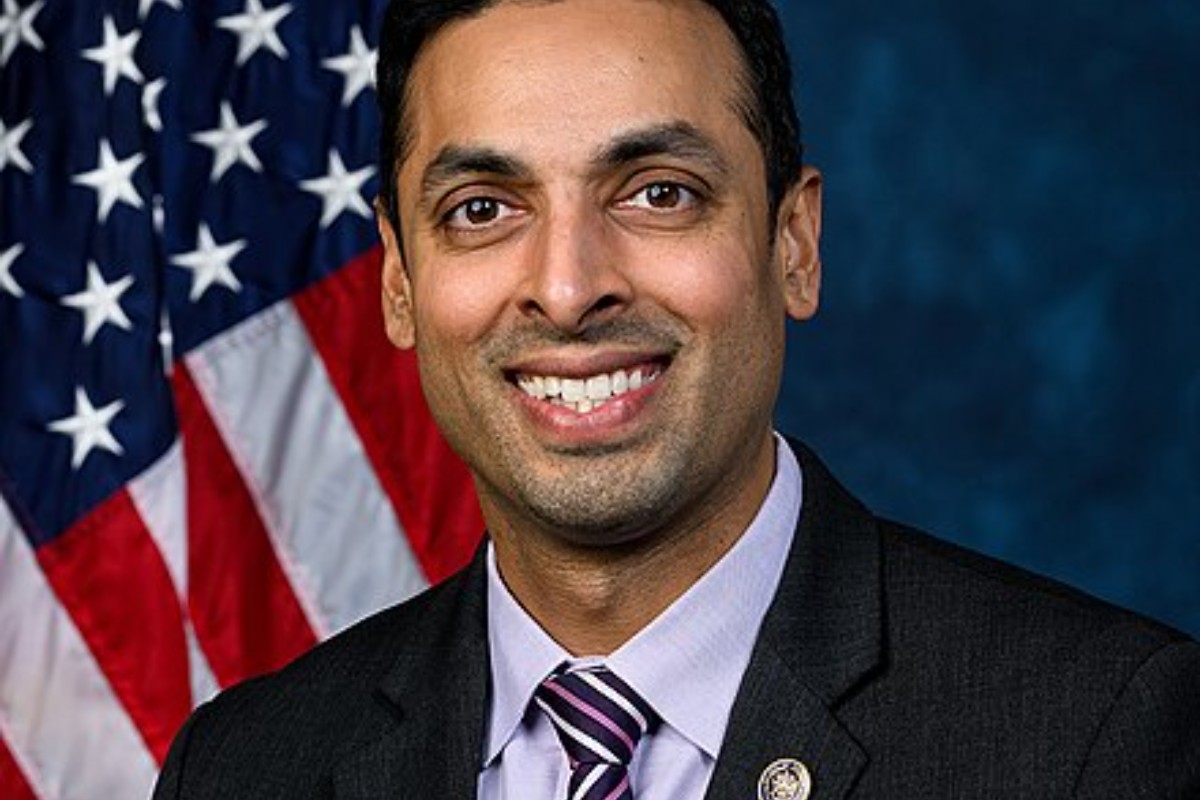
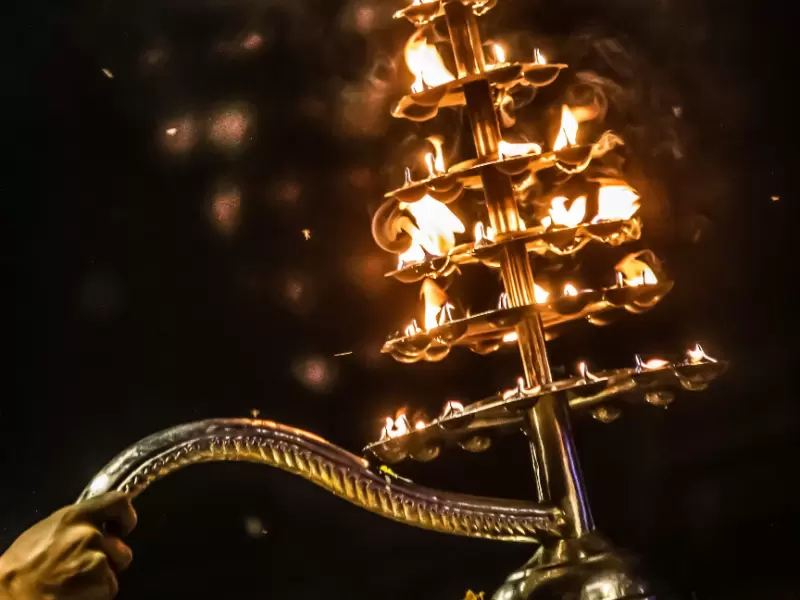
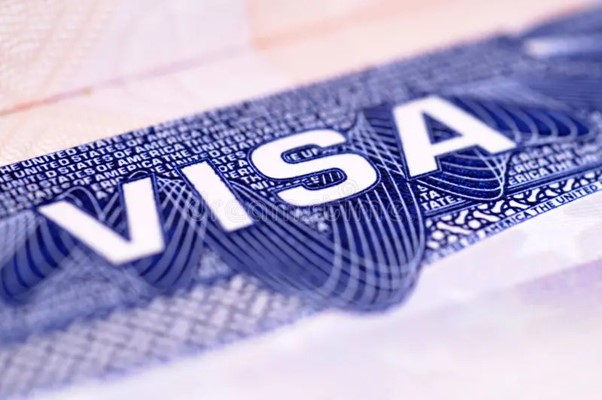

Comments
Start the conversation
Become a member of New India Abroad to start commenting.
Sign Up Now
Already have an account? Login